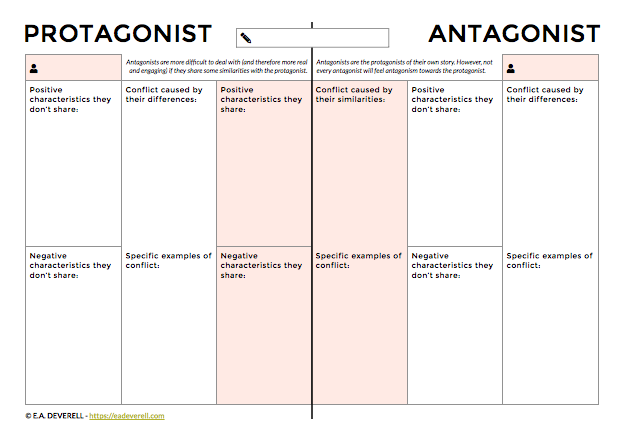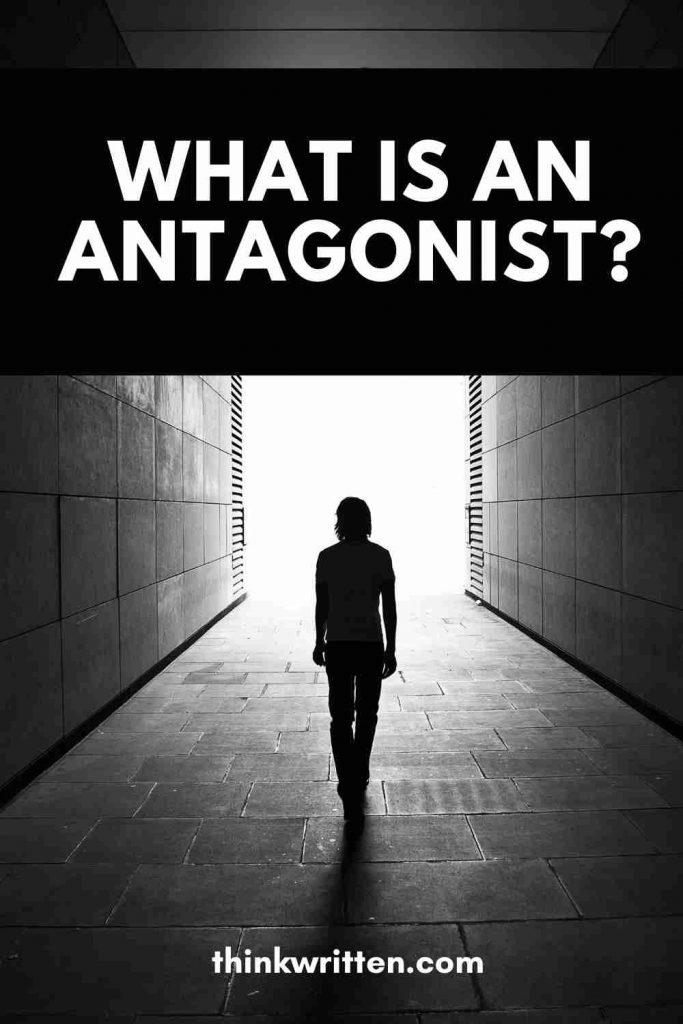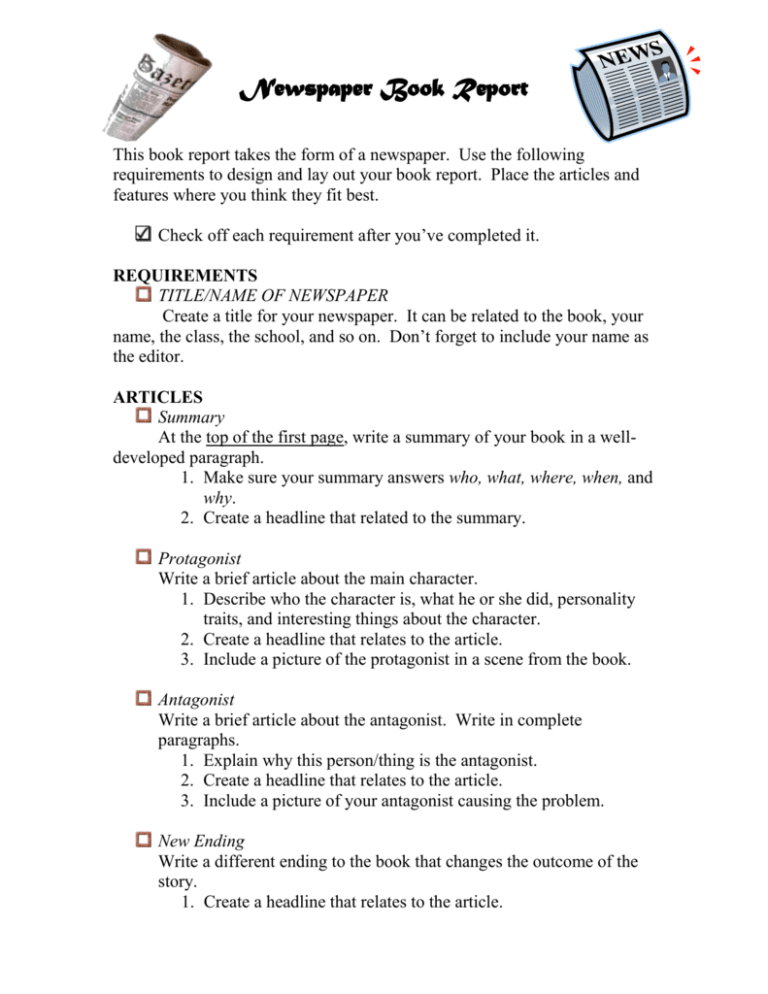

Step 2: Know how your antagonist looks. Do they challenge the protagonist It’s important to figure out what. They may be wildly different types of characters, but they.5 Steps to Creating a Great Antagonist Character Step 1: Figure out the need for the antagonist. In school, we all likely learned the different types of conflict in literature:Luke Skywalker, Elizabeth Bennet, and Prince Hamlet all make decisions that move the plot forward.
Create An Antagonist How To Create A
If your readers don't despise your antagonist as the lowest form of pond muck. And not just hating him, loving to hate him. Your antagonist can help you with this, but it all depends on your readers truly hating him. Make An Antagonist Your Readers Will Love To Hate The goal of writing is to create stories that move your readers emotionally. The second of the eight best tips on how to create a compelling villain or antagonist is to make him/her challenge the central protagonist at every stage of the narrative.Human vs human (very common, no examples needed)13. Tip 2 Make The Actions of the Villain/Antagonist Challenge The Main Character At Every Stage Of The Narrative.

Even in man vs nature stories, where the weather or environment is indifferent, it can take on its own personality and seem vindictive or angry and throw its worst at the protagonist so they can’t succeed. Do you see the difference?An antagonist actively works to prevent the protagonist from reaching their goal. However, if the man’s goal is make it off the mountain to kill the person who put him there, then the mountain (nature) is simply an obstacle. A man who is marooned on a mountain in a snow storm is in conflict with nature and if his goal is survival, then that’s a valid man vs nature conflict. Obstacles vs AntagonistsMany of the types of conflict above can also be just an obstacle. What’s the inciting incident? Whatever problem is caused by the inciting incident is the main story problem and whatever is causing or in opposition to the main story problem is the antagonist – generally.
His alcoholism is certainly a flaw he needs to overcome, but if his story goal isn’t getting clean then it’s just an obstacle. Let’s say we have a story about a man on trial for drunk driving and killing a pedestrian. If nature, or animals, or some character flaw is just an obstacle then you need to make sure you have a compelling antagonist too. They want/need this goal so much they won’t turn back no matter what. Instead, the mountain will throw an Alberta Clipper at the man and bury him chest-deep in snow for a week, have rotten ice give way and toss him down an embankment so he breaks an ankle, and and and – as though the mountain is actively preventing the man from leaving, sees him as an intruder.The key point is what’s your protagonist’s goal? This will directly flow out of your story’s inciting incident which should be emotionally gripping.

Conflict is best when done face to face, so how can you give your non-human antagonist a face?If your character is opposing a large faceless corporation, government, or societal will, have someone who defends what the protagonist is fighting against stand in for the antagonist. There are naysayers, other antagonists and even villains working against the protagonist. There’s a live computer simulator they fight with trying to find a solution. Often in stories where natural disasters are looming, there’s a radar that predicts the coming damage.
Fighting An Inner CharacterSome characters have two sides to them. The story was over when Frodo destroyed the ring and Sauron. In The Lord of the Rings, the big bad antagonist is an evil force with no body or face, it’s just a lidless eye wreathed in flames, but it has a name–Sauron.
That conflict is shown through his distinct dissatisfaction with tangible things – his friends, his recreation choices, his volunteer work, Jamie’s father, his relationship with his father. Dekker’s construction of these two separate characters in one body who act and think independently is well done.In Nicholas Spark’s novel A Walk To Remember, Landon’s pride is the real antagonist but it’s shown through external forces. You write them as though they are two separate characters.Ted Dekker’s novel Th3ee uses a character with split personalities, but you don’t know that until the end because you don’t get the antagonist’s point of view. Even though the personalities inhabit one body, one is the protagonist and the other the antagonist. These seem like human vs himself, but they’re really human vs human because their alter personalities act and think independently, sometimes without memory of what the other did.
However, the inciting incident is when Harry finds out his right-hand man AJ is sleeping with Grace (Harry’s daughter). Harry Stamper agrees to take his team into space to destroy the asteroid and thereby save earth. What’s the main antagonist there? The surface story problem is the giant asteroid careening towards earth that will end all life as we know it. Readers will feel cheated if at the end of the story it doesn’t feel like the protagonist has achieved anything.Look at the movie Armageddon.
So even if the antagonistic force in your story isn’t one that can be overcome–like a recovered alcoholic can’t ever drink again–having a tangible external force to fight against that parallels or highlights the internal struggle still delivers a payoff (satisfying end) for readers.Been told you should learn Deep Point Of View? Had an editor or critique partner tell you to “go deeper” with the emotions in your fiction? Looking for a community of writers seeking to create emotional connections with readers? Check out the Free Resource Hub and then join the Going Deeper With Emotions In Fiction Facebook group. Harry’s and AJ’s pride serves as the antagonistic force for his emotional story problem. Harry agrees to destroy the asteroid to keep Grace safe (surface story problem and emotional story problem collide).As Tolkien wrote in The Lord Of The Rings, there are some things time can’t heal — like PTSD.


 0 kommentar(er)
0 kommentar(er)
